The Positionless Game
Former NBA player and current ESPN analyst Jalen Rose has said on multiple occasions that positions in basketball exist only so a novice can understand the game. He often brings up this notion when discussing basketball players (such as LeBron James and Giannis Antetokounmpo) whose stated “positions” don’t accurately describe the actual role they assume when on the court.
(For the basketball nerds: Rose’s stated position for most of his career was small forward based on his height, but his role in actual games was to serve as a primary or secondary ball handler who set up half-court offenses, the way a point guard does.)
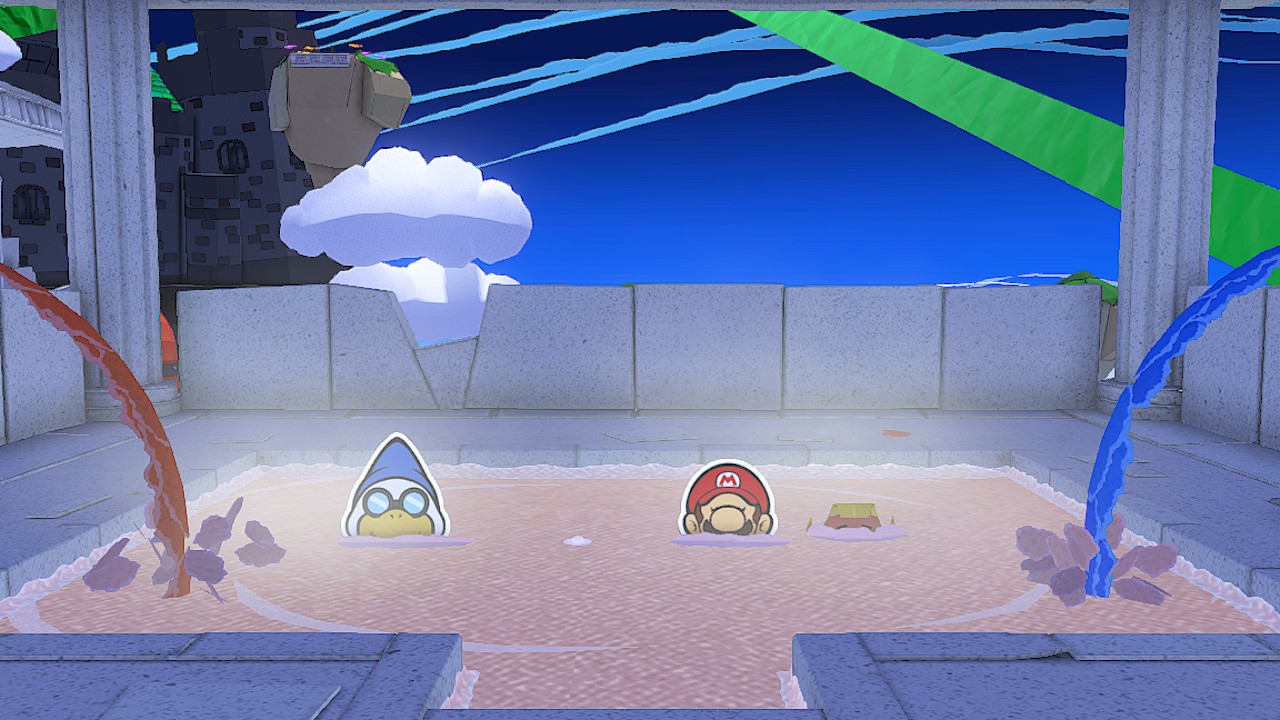
You could make the same argument about video games and genres, where simply calling something a role-playing game or an action-adventure experience is only useful to somebody who doesn’t know much about the game itself (or who doesn’t play that many games overall). Sure, in many cases, a single phrase tells you pretty much all you need to know (Tekken 7 is a fighting game, Animal Crossing: New Horizons is a lifestyle sim) but in so many other cases, the lines dividing genres have been blurred to the point where titles don’t always fit neatly into separate categories.
I pondered this idea throughout my experience with Paper Mario: The Origami King, which lives in many ways as an RPG as well as a third-person adventure game, but can’t fully exist in either description on its own. While early Paper Mario loyalists may bristle at this notion, the more varied approach of the latest from Intelligent Systems works largely in the title’s favor. Instead of trying to fit neatly into a well-defined genre with some of its own twists (as was the case for the original Paper Mario), The Origami King completely flips RPG formulae on their proverbial heads, opting to present a unique experience largely uninterested in conforming slavishly to player expectations.
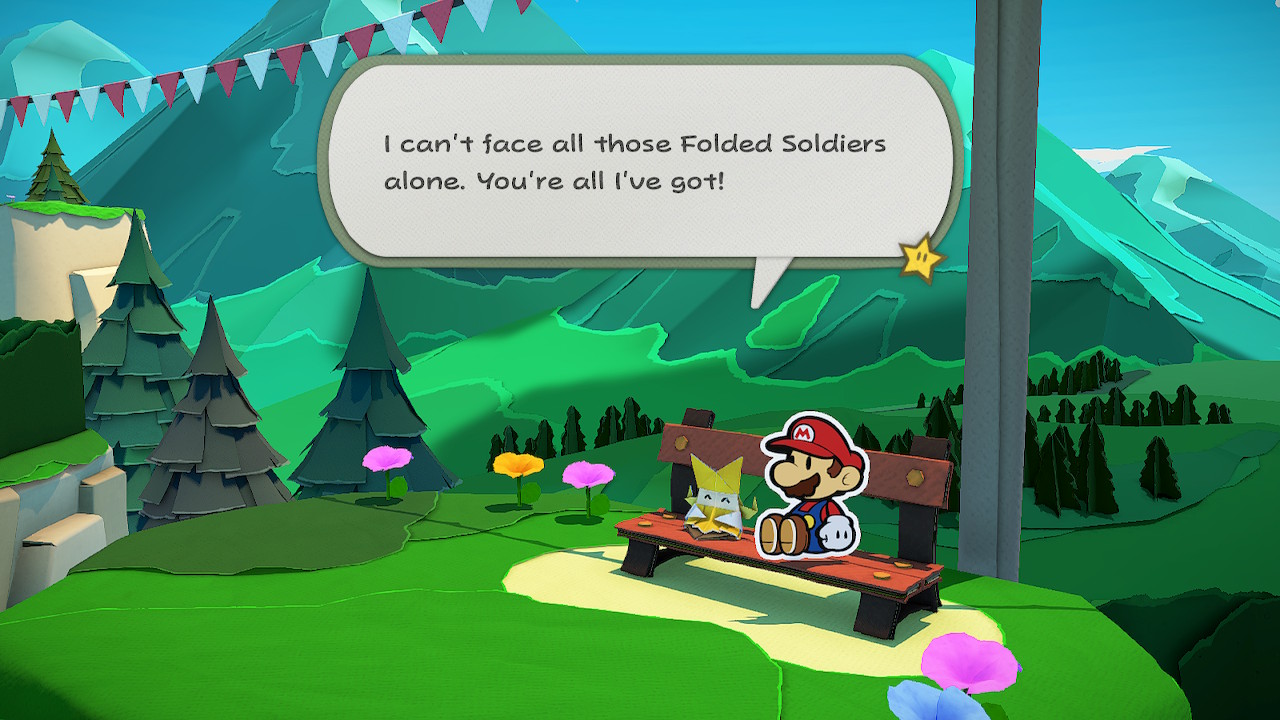
Is Paper Mario: The Origami King an RPG?
While The Origami King is seemingly structured as a linear story in a somewhat open world, the notable differences come into view right away, as its combat mechanics vary depending on what kind of enemies the player faces.
In some cases, the game offers turn-based combat in the form of solving a puzzle, where the player must reshuffle a series of circular platforms in order to “line up” enemies for combo attacks. In other scenarios, the player must simply avoid a certain enemy’s attacks in real time and smash the foe with a hammer in the right place, the way one would in a typical action game. In addition, boss battles involve using similar turn-based mechanics mentioned earlier, only in this case to create a pathway for Mario to collect items and prepare for attacks.
While adding multiple combat systems could potentially bloat the experience, the folks at Intelligent Systems presented all three types relatively early in the experience and provided the player with the tools to succeed in all scenarios up front. You may not like the new approach to fights, but they all function as intended and often result in supremely satisfying battles.
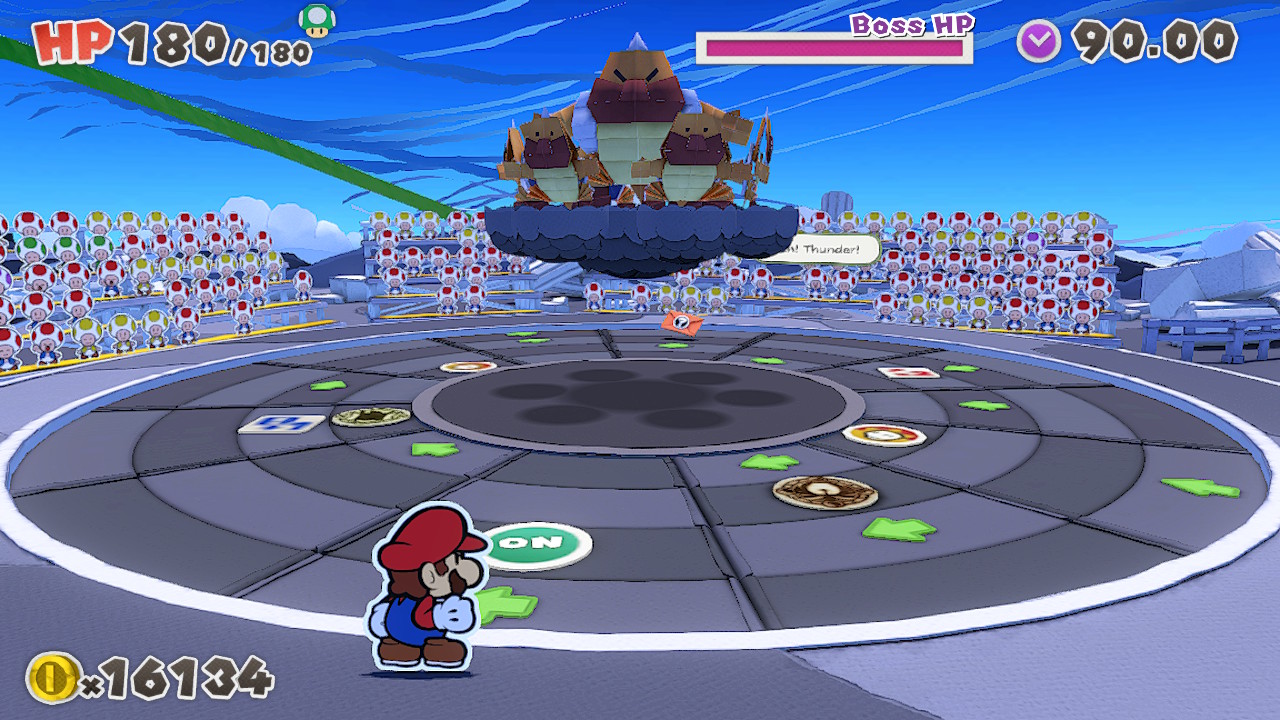
The non-combat elements of The Origami King also play with this kind of fusion and variety. The story involves a linear progression, but every area includes heaps of side content, including finding crumpled-up Toads, searching for secret chests, and using confetti to patch up environmental holes.
Few of these actions lead to meaningful rewards (mostly just coins, optional trophies, and some funny Toad chatter). Instead, they exist to open up the experience the way side quests do in RPGs like The Witcher or Skyrim, in that they force the player to view each new area as a conduit for additional experiences. Hammering a crumpled ball of paper to reveal a new Toad is always a delightful experience, but unlike side content in certain other games, they never derail the experience, as such discoveries often feel organic.
Beyond its approach to side content and combat, the new Paper Mario also employs a non-traditional approach to progression. Similar to the much-maligned Sticker Star and Color Splash, The Origami King does not feature traditional leveling/XP mechanics, nor does it include weapon slot upgrades or skill trees.
Instead, the game establishes an economy fully centered on coins. Victories in battle reward the player with mounds of cash (depending on things like timing and whether the battle puzzle was solved), which can be spent on improved weapons, which are all breakable; upgrade badges, such as one that provides more time in battle; and even cosmetic features, such as turning all confetti into flower petals or replacing all of Mario’s sound effects with 8-bit beeps and boops.
The stronger weapons and upgrade badges, while not necessary to complete the game, make life a whole lot easier, and the fact that weapons have a limited shelf life make purchasing plenty of extras a must, thus justifying the need for more coins. Sure, it’s not leveling up the way you normally do in RPGs, but the results are largely the same: The more you play, the stronger and more prepared you are as you proceed through the story.
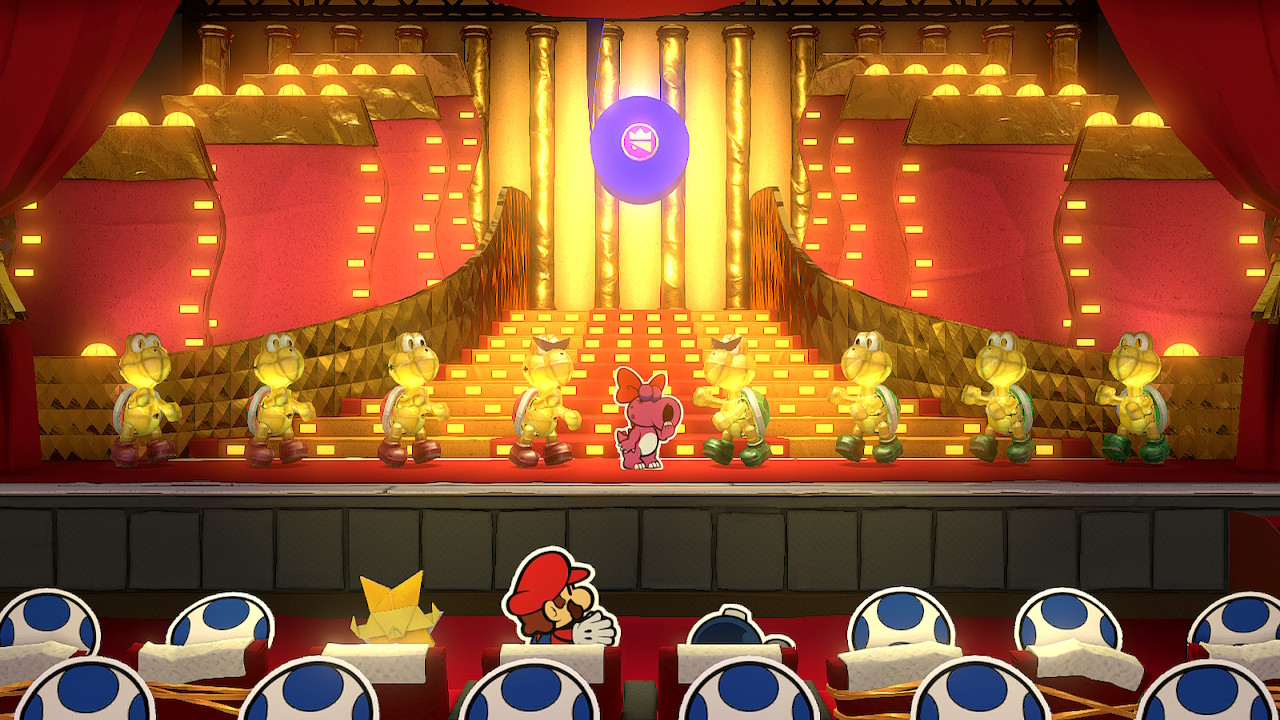
Ambiguous Goodness
Ultimately, after playing through the game’s main story, I’m still unsure how I’d specifically describe Paper Mario: The Origami King. It’s not really an RPG, but it has enough RPG mechanics that I wouldn’t consider it an action-adventure title either. It has platforming and collectathon tendencies, but it’s not exactly Banjo-Kazooie. Additionally, while the game’s plot is 100% linear and doesn’t appear to include any branching narratives, there’s enough open-concept world design that I’d also hesitate to call the whole experience linear.
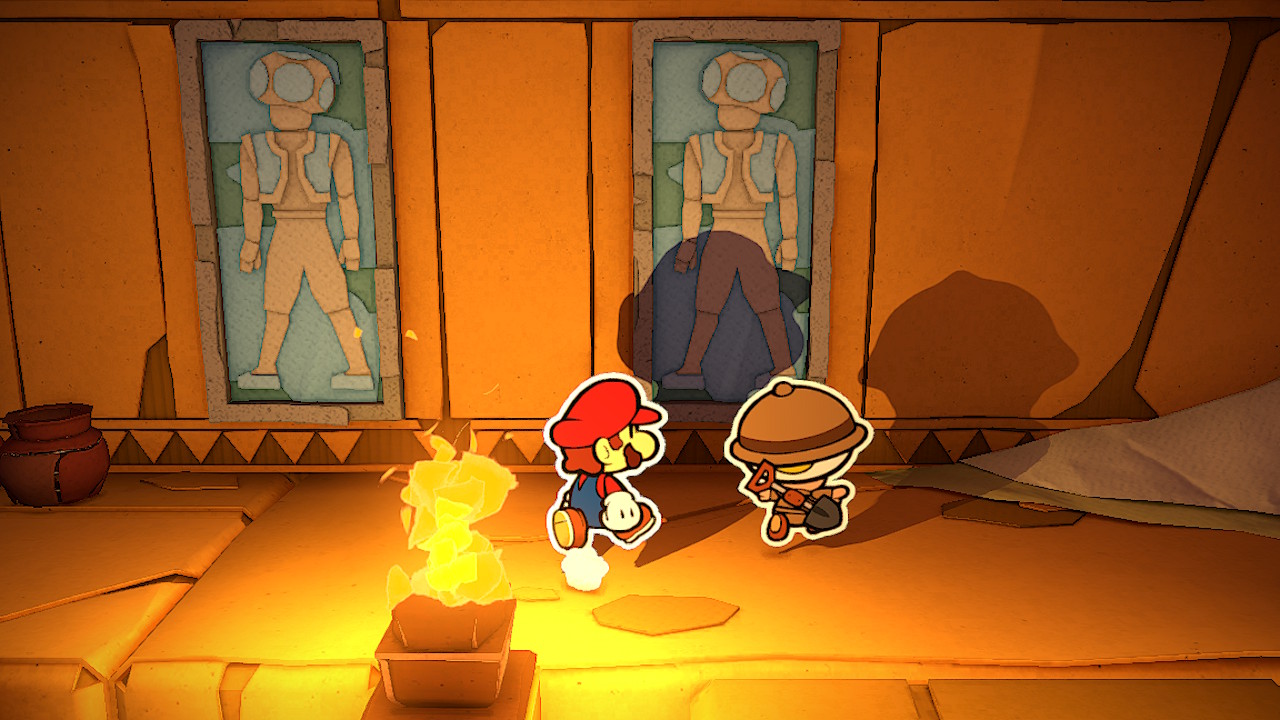
What I will say about The Origami King is that, despite all the fusions and potential contradictions, everything works together in harmony. The coin economy made every battle feel meaningful (something that was lacking in Sticker Star), the linear story meant I could explore areas and search for hidden goodies without getting too sidetracked, and the mixture of battle styles kept me on my toes and helped the game avoid tedium.
While not as laser-focused as the first two Paper Mario titles (and arguably not as good), The Origami King successfully exists in a genre of its own, one with the charm and humor of the “golden age” of Mario RPGs but with enough of its own flavors to stand out.
Sam has been playing video games since his earliest years and has been writing about them since 2016. He’s a big fan of Nintendo games and complaining about The Last of Us Part II. You either agree wholeheartedly with his opinions or despise them. There is no in between.
A lifelong New Yorker, Sam views gaming as far more than a silly little pastime, and hopes though critical analysis and in-depth reviews to better understand the medium's artistic merit.
Twitter: @sam_martinelli.








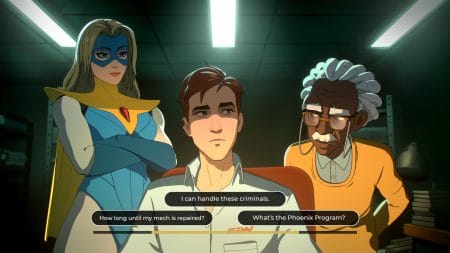
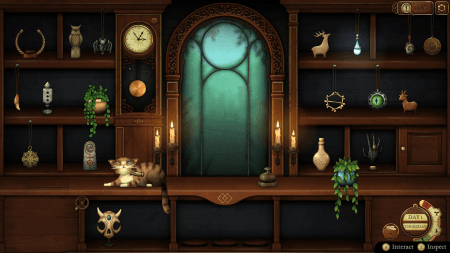

1 Comment
Nice post. After reading your article I definitely feel like going back to my childhood days and playing games again 🙂 Reminds me of Super Mario too:) Thanks for the wonderful review :). I am definitely gonna try this game Paper Mario.
Also, I have something to share here with the readers of your site if they like reading action based ebooks or playing online games then do try Actionlu. It lets you dive into the best available content. Access unlimited eBooks, music, audiobooks, and more all in one place.